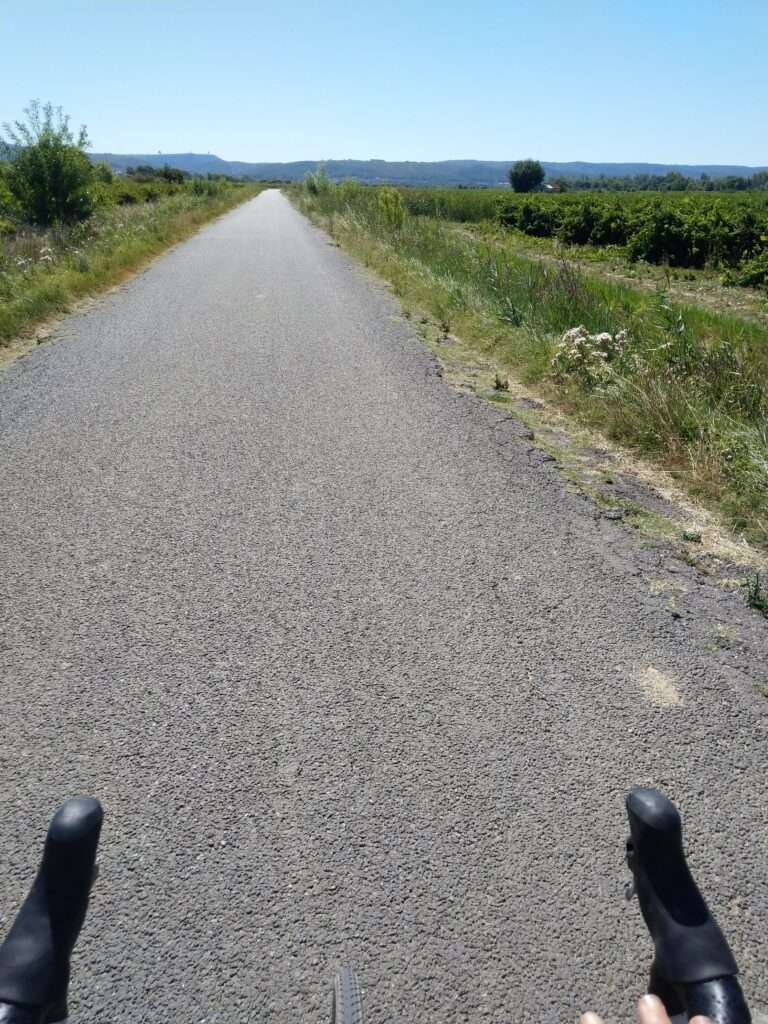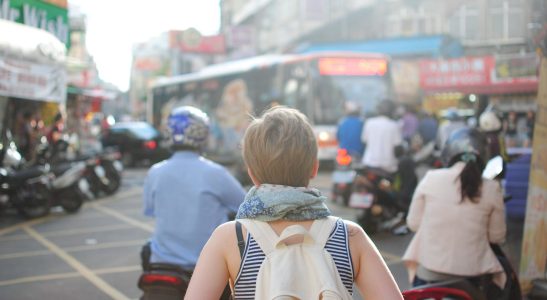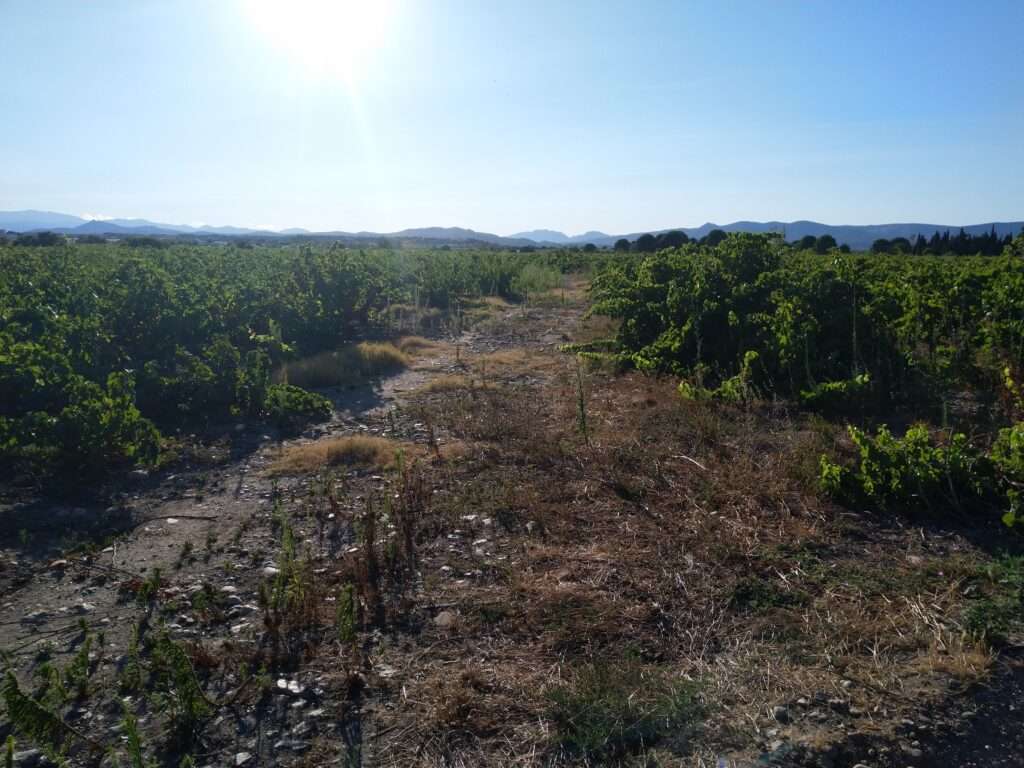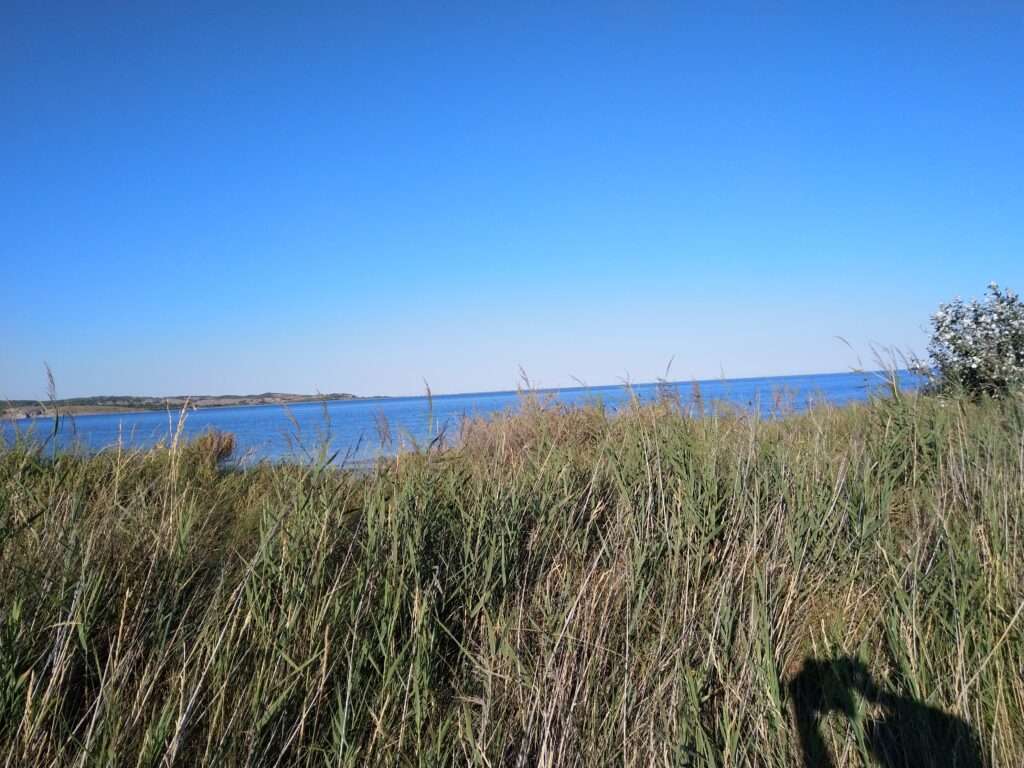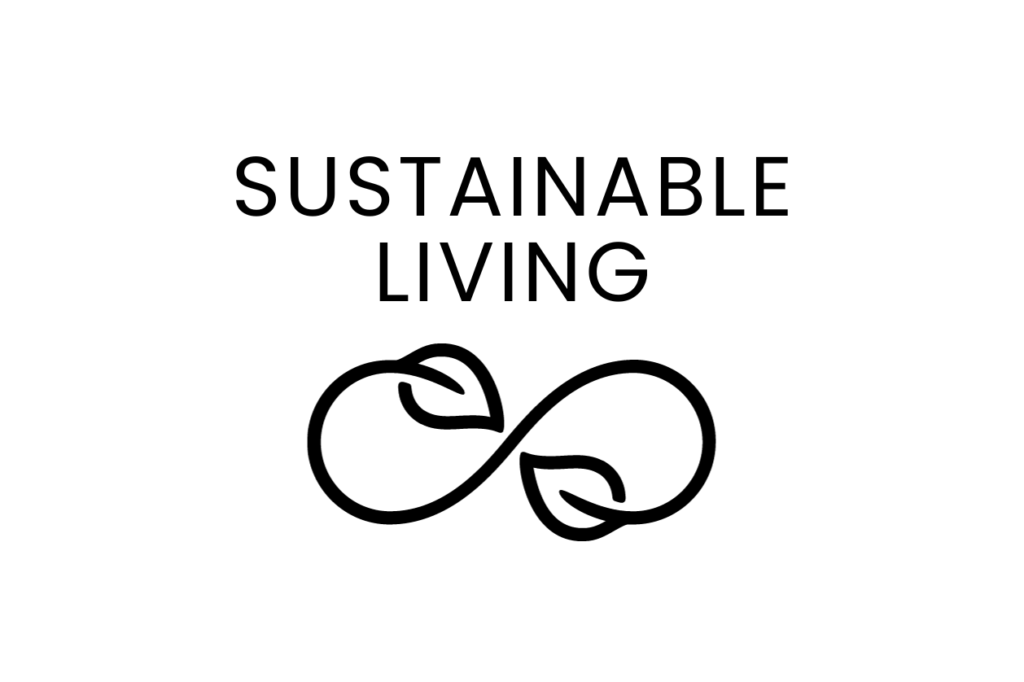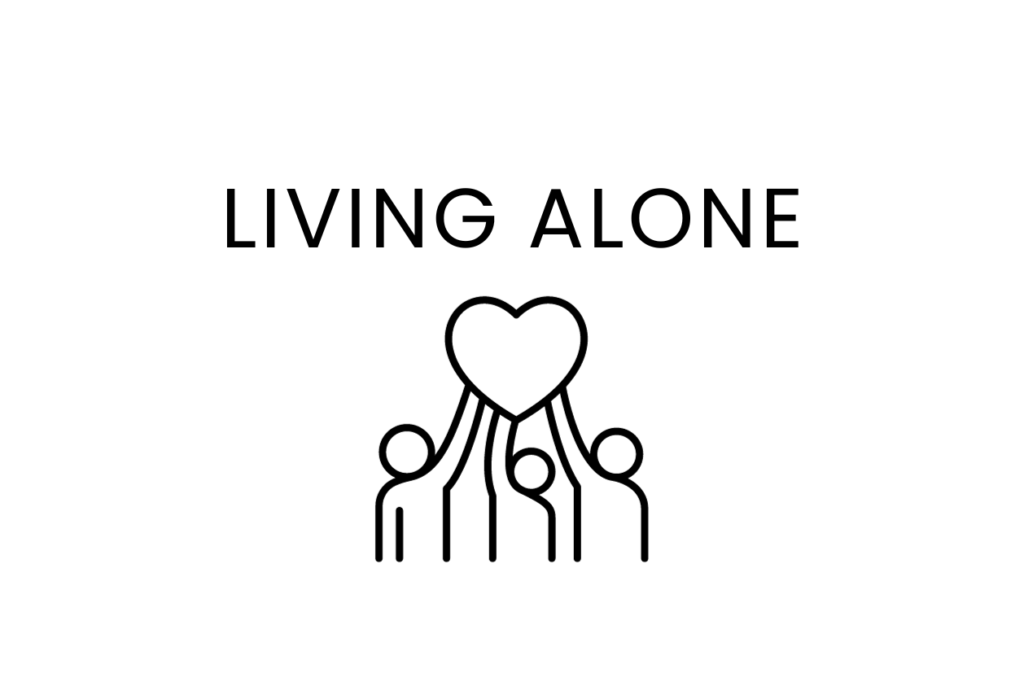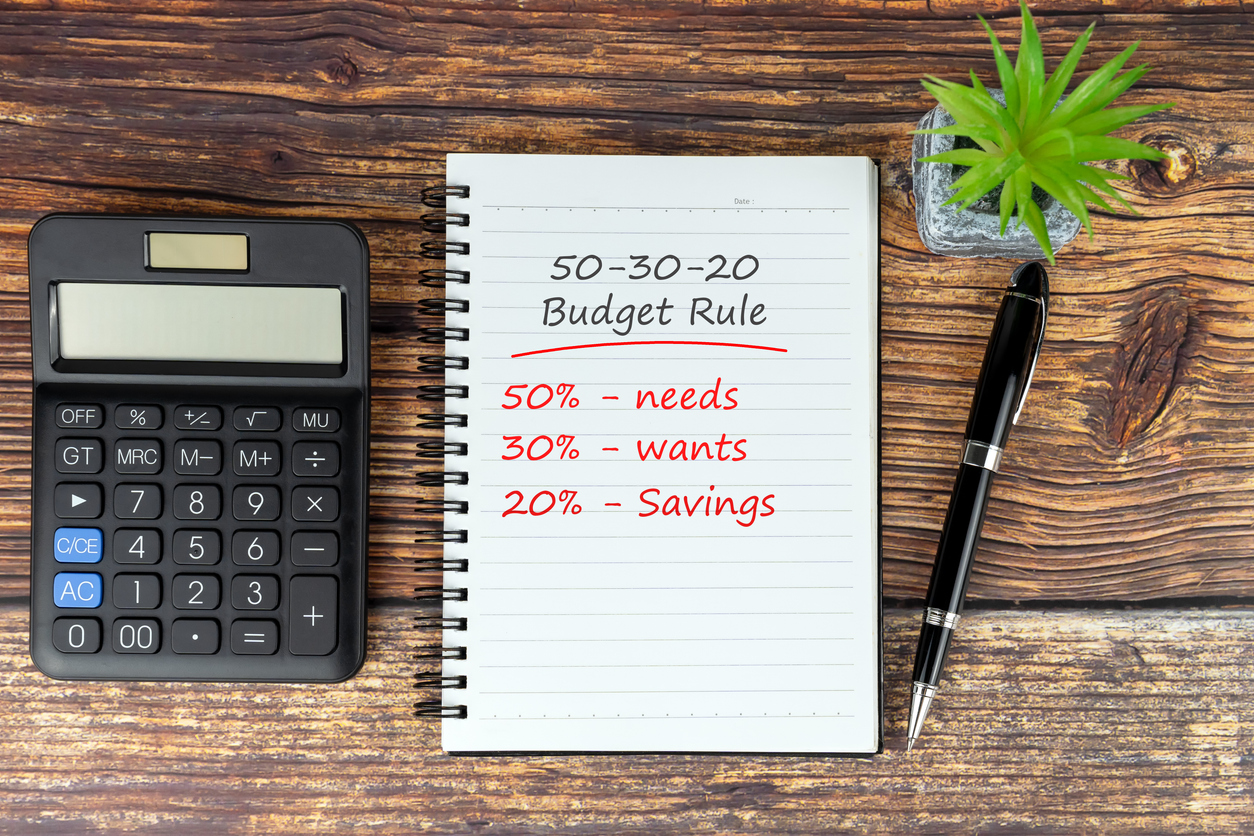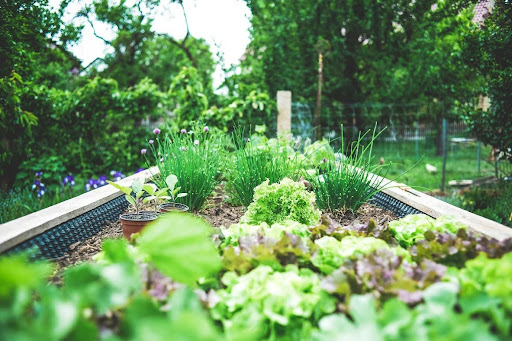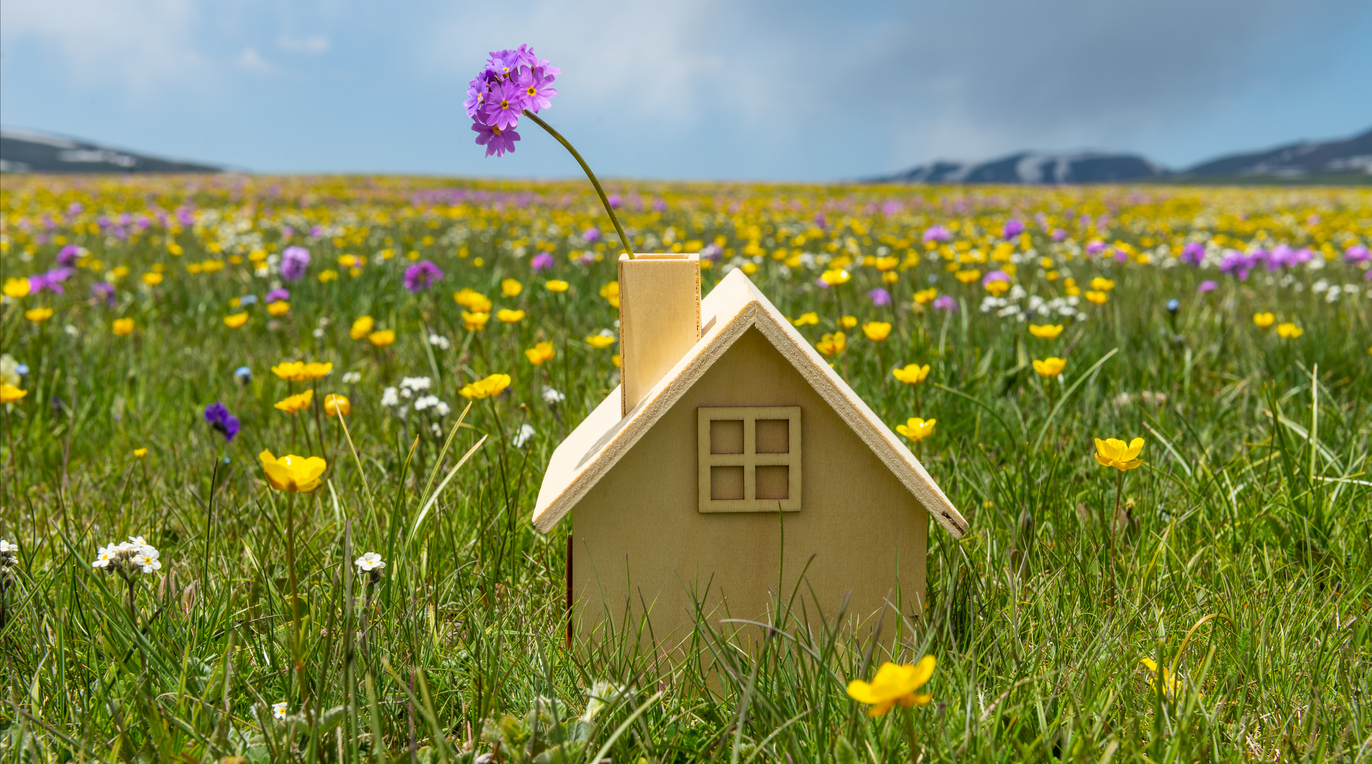The iPhones of transport, bicycles have endured the barrage of new gadgets and over the century transformed from a private novelty reserved for the wealthy to the transport tool of the masses. When the automotive arrived in the early 1900s, cycling took a backseat until WW2 brought with it petrol rationing and then bikes returned on the scene. Renewing its role in society, people dreamed up long journeys across continents.
Bike touring started to trend in Europe and Northern America. As petrol scarcity restored bicycles in cities and towns, the global health pandemic triggered a rethinking of how we live and travel with municipalities noting lower air pollution while economies were seriously halting during lockdowns. Cities were rewritten and given makeovers to reduce the privileges of cars. Bike lanes increased, and more people sought to ride as a substitute for public transport.
A consequence of months cooped inside and a hopeful sign that, collectively, we acknowledge that nature can’t be ignored.
The UN’s comprehensive HEAT study statistically indicates we cannot justify nor sustain our use of the automotive. In Europe, passenger cars produce approximately 129.1 grams per km of CO2e* and during manufacturing, produces 4.7 tonnes of CO2e per km per automobile.
In contrast, the bicycle has zero CO2e emissions when being used and produces 0.10 tonnes of CO2e emissions in the manufacturing process. This is not startling data, nor is it a burden for the individual. After cycling for a few weeks and meeting drivers who would marry their car if given a chance, unfortunately not everyone will use bicycles. But countries treating the bicycle as a standard household item have less air pollution in concentrated living areas, better conditions for riding and a greater appreciation for long-distance cycling.





